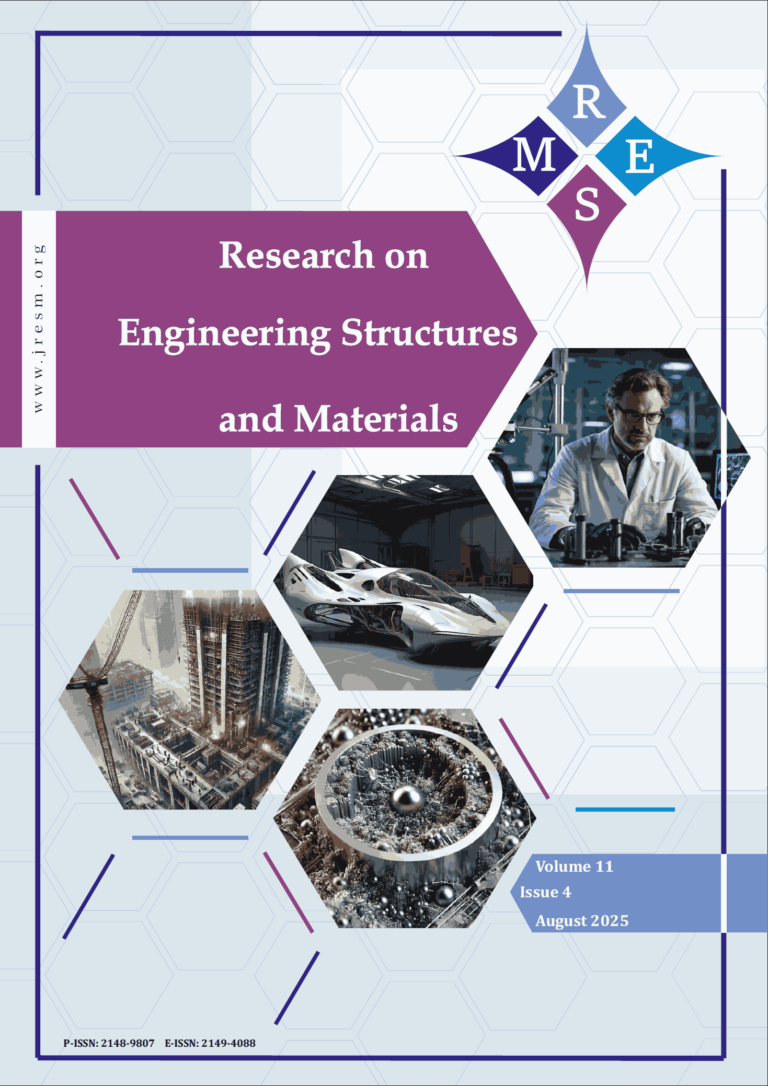The reuse of demolished concrete waste is a promising approach for conserving natural resources and protecting the environment. This study investigates the impact of incorporating 0%, 5%, 10%, 15%, and 20% marble fines into recycled aggregate concrete (RAC) using Central Composite Design (CCD) based on the response surface methodology (RSM). The study evaluates multiple physical and mechanical properties to identify the optimal marble fine content. Results show that recycled concrete with 20% marble fines (RC20) exhibits exceptional quality in terms of fineness modulus, enhancing fresh density and reducing slump in the fresh state. Additionally, 10% and 15% marble fines significantly enhance the mechanical properties of hardened RAC. Specifically, RC10 (10% marble fines) increases compressive strength by 13.79% and reduces capillary absorption by 46.75% compared to the control (RC0) after 60 days. The inclusion of 15% marble fines notably improves flexural strength at the same hydration period compared to other formulations. Polynomial correlations, with an R-squared value ≥ 0.98, were established to relate fresh concrete properties (density, slump) and hardened concrete characteristics (porosity, water absorption by immersion) following marble fine addition. The RSM-based CCD model validates an effective approach, yielding optimal compressive strength (35.9 MPa) and flexural strength (4.92 MPa) with a desirability coefficient of approximately 93%, demonstrating the potential of marble fines in enhancing RAC performance.
